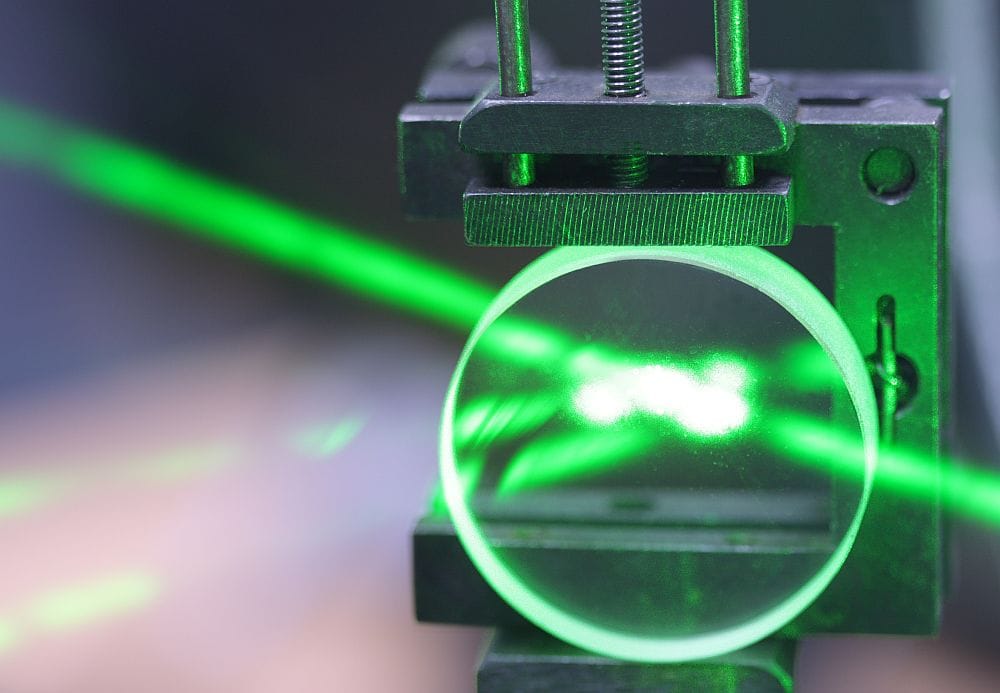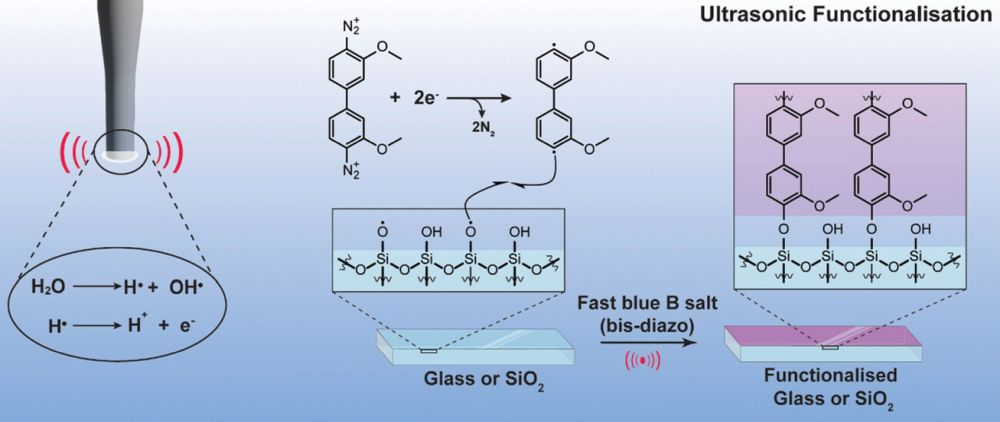According to the National Science Foundation, a team of researchers, lead by University of South Florida professors Matthias Batzill and Ivan Oleynik, has developed a new method for adding an extended defect to graphene that may prove to be the solution to a growing challenge in the development of future electronic devices. Their discovery was published yesterday in the journal Nature Nanotechnology.
Small defects must be introduced to graphene to make the material useful in electronic applications. The USF team figured out a way to create a well-defined, extended defect several atoms across, containing octagonal and pentagonal carbon rings embedded in a perfect graphene sheet. This defect acts as a quasi-one-dimensional metallic wire that easily conducts electric current. Such defects could be used as metallic interconnects or elements of device structures of all-carbon, atomic-scale electronics.
The group used the self-organizing properties of a single-crystal nickel substrate, and used a metallic surface as a scaffold to synthesize two graphene half-sheets translated relative to each other with atomic precision. When the two halves merged at the boundary, they naturally formed an extended line defect.
Some skeptics wonder how long Moore’s Law can continue as materials shrink, but this kind of work will probably add several more years, if not leading to additional roads to explore in relation to properties on the atomic level.
CTT Categories
- Electronics
- Material Innovations
- Nanomaterials


